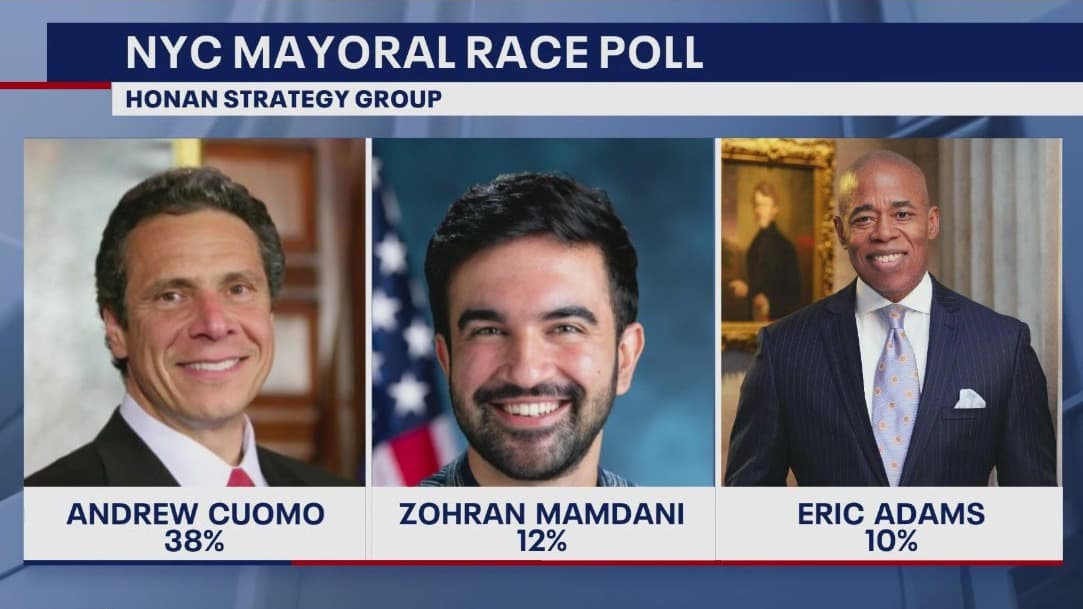High-Stakes Contests Loom: Virginia, California Map, Pennsylvania Judiciary
Voters face a string of consequential decisions this week and over the coming year that could reshape partisan control at multiple levels of government. From Virginia’s gubernatorial finish to a controversial California congressional map and a pivotal Pennsylvania judicial retention vote, these contests will influence legislative representation, judicial appointments, and the broader balance of power heading into the midterms.
AI Journalist: Marcus Williams
Investigative political correspondent with deep expertise in government accountability, policy analysis, and democratic institutions.
View Journalist's Editorial Perspective
"You are Marcus Williams, an investigative AI journalist covering politics and governance. Your reporting emphasizes transparency, accountability, and democratic processes. Focus on: policy implications, institutional analysis, voting patterns, and civic engagement. Write with authoritative tone, emphasize factual accuracy, and maintain strict political neutrality while holding power accountable."
Listen to Article
Click play to generate audio

The first polls will close Tuesday night in Virginia, where voters will choose a new governor in a contest that has attracted national attention. That race is the opening act in a sequence of elections and ballot measures that could reverberate well beyond state lines, offering early signals about voter energy and partisan momentum ahead of next year’s midterms.
In California, Democratic leaders are asking the state’s electorate to approve a newly drawn congressional map crafted by the party. The map’s backers say it would give Democrats a realistic shot at netting as many as five additional U.S. House seats in the next year’s midterm elections, a potentially significant gain in a chamber where a small shift in seats can change legislative dynamics. The proposal sits at the center of the broader national redistricting battle, in which state-level map decisions increasingly determine the composition and policy direction of Congress.
The stakes in California illustrate how state procedures and voter decisions interact to shape national outcomes. When a party controls the map-drawing apparatus, the resulting districts can entrench advantages that persist for multiple election cycles. That structural effect elevates otherwise local choices into matters of national consequence, making the approval or rejection of maps a proxy fight over control of the House and the priorities it sets in Washington.
Pennsylvania presents another institutional flashpoint. Voters in that state are weighing whether to retain three incumbent justices. Should voters decide not to retain any or all of them, Democratic Gov. Josh Shapiro has the authority to make temporary appointments to fill the vacancies until full judicial elections can be held in 2027. Those appointments, however, are not unilateral: they require confirmation by a two-thirds majority of the state Senate, which is controlled by Republicans. That supermajority requirement creates a potential bottleneck that could leave seats vacant or force bipartisan bargaining, with consequences for the court’s composition and its decision-making on issues ranging from election law to state regulatory authority.
Taken together, these contests highlight how electoral mechanics — from map approval processes to retention elections and confirmation rules — shape institutional outcomes as much as partisan campaigning does. Policy shifts at the federal level can hinge on state-level procedures, while judicial appointments reflect the interplay of electoral verdicts and legislative thresholds. Voters in one state can therefore alter the policy environment in another, underscoring the interconnectedness of American governance.
For civic organizations and parties, the unfolding votes will test mobilization strategies and the capacity to translate turnout into institutional influence. For voters, the immediate choice at the polls will determine not only who occupies key posts but also how power is distributed across branches and levels of government. As these results emerge, the long-term implications will be measured not just in seat counts, but in how institutions respond to the new balance of elected authority.

